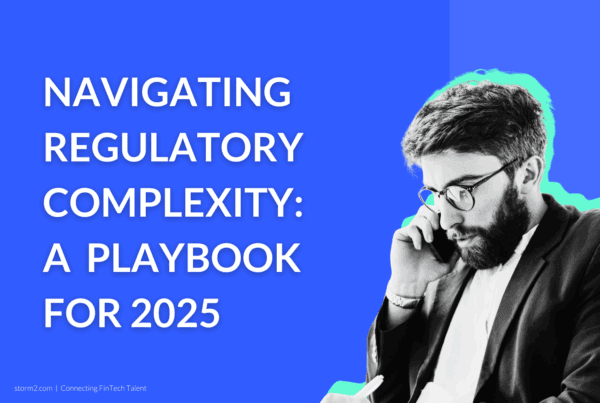The fight against fraud is evolving faster than ever, driven by AI’s ability to outpace increasingly sophisticated criminal tactics. For payment companies, staying ahead means embracing technologies that transform detection accuracy, operational efficiency, and adaptability. Here’s how AI is rewriting the rules of fraud prevention.
1. LLMs Supercharge Real-Time Anomaly Detection & Risk Scoring
Large Language Models (LLMs) are revolutionizing real-time fraud detection by analyzing transactional and conversational data with unprecedented precision. Unlike traditional systems, LLMs enhanced with Retrieval-Augmented Generation (RAG) dynamically update policies (e.g., verification digit requirements) without retraining, achieving 97.98% accuracy in identifying policy violations during synthetic call tests1. These models excel at contextual understanding, flagging subtle red flags like grammatical inconsistencies in invoices or mismatched entity references (e.g., “LAX” vs. “Los Angeles International Airport”)7. By assigning risk scores based on behavioral patterns, location, and transaction history, LLMs prioritize high-risk activities, enabling faster, more targeted interventions.
“AI reduces false positives by 60%+ through contextual analysis, while adaptive learning models cut manual review workloads by half, enabling teams to focus on high-risk fraud.”
2. Context-Aware Models Slash False Positives
Rule-based systems often drown teams in false alerts, but AI-powered models reduce noise by analyzing context. For example, AI distinguishes between legitimate high-value transactions and suspicious activity by cross-referencing user behavior, device fingerprints, and historical data. Systems like Lucinity’s AI leverage contextual intelligence to identify complex fraud networks, cutting false positives by over 60% in some cases27. Combining supervised learning (for known fraud patterns) with unsupervised anomaly detection allows models to adapt to emerging threats while minimizing unnecessary investigations4.
3. Generative AI Simulates Fraud Scenarios for Smarter Defense
Generative AI creates synthetic fraud datasets to train models on rare or evolving attack vectors, such as deepfake-driven identity theft or novel phishing tactics. By simulating scenarios like credit card fraud rings, these models improve detection accuracy and generalize better to real-world threats3. However, challenges remain: biased synthetic data can skew predictions, and “black box” models may lack transparency. Pairing synthetic data with human validation ensures robustness while maintaining explainability3.
4. Adaptive Learning Replaces Static Rule Engines
Traditional rule-based systems struggle with dynamic fraud patterns, but machine learning models continuously evolve. For example, AI adapts to new tactics like “money mule” networks or adversarial attacks that bypass traditional checks4. Adaptive systems analyze millions of transactions daily, identifying subtle shifts in fraudster behavior—such as changes in transaction timing or geolocation—that static rules would miss. This shift has reduced manual review workloads by up to 50% in early adopters6.
5. Human Oversight: The AI Copilot
While AI handles scale and speed, human expertise remains critical for nuanced decisions. Fraud analysts verify AI alerts, investigate edge cases (e.g., sophisticated social engineering), and provide feedback to refine models. For instance, deepfakes or forged documents may fool automated checks, but human reviewers spot inconsistencies in facial recognition or document metadata5. Over-reliance on AI risks missing culturally specific scams or novel attack vectors, making a hybrid approach essential.
The 2026 Outlook
By 2026, AI will autonomously handle 80% of routine fraud detection, with human analysts focusing on complex investigations and adversarial AI countermeasures—ushering in a new era of precision and scalability6.
AI isn’t just a tool—it’s a strategic partner in the arms race against fraud. Balancing cutting-edge automation with human intuition ensures resilience in an increasingly digital payments landscape.
Looking for the people to lead your AI projects into the future? Get in touch to speak with one of our expert team of specialist FinTech Recruiters.







